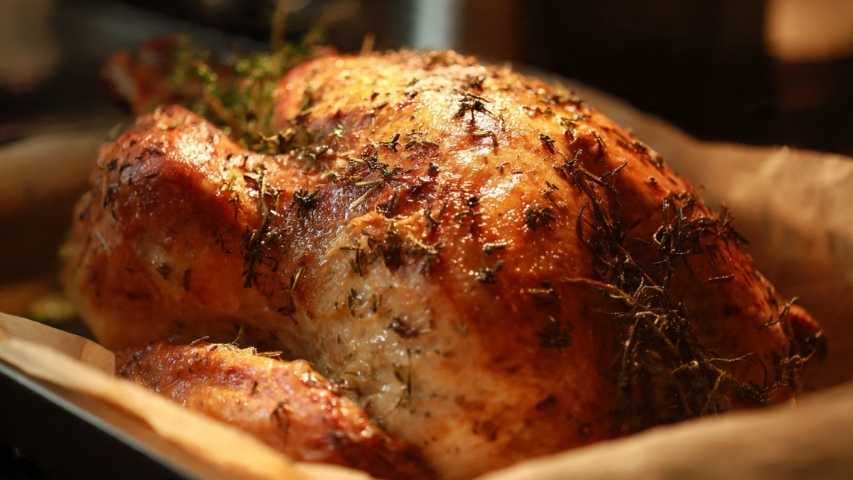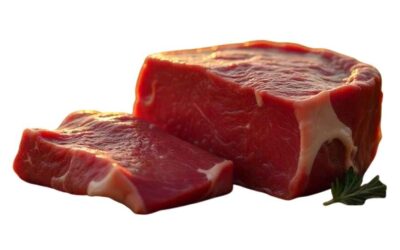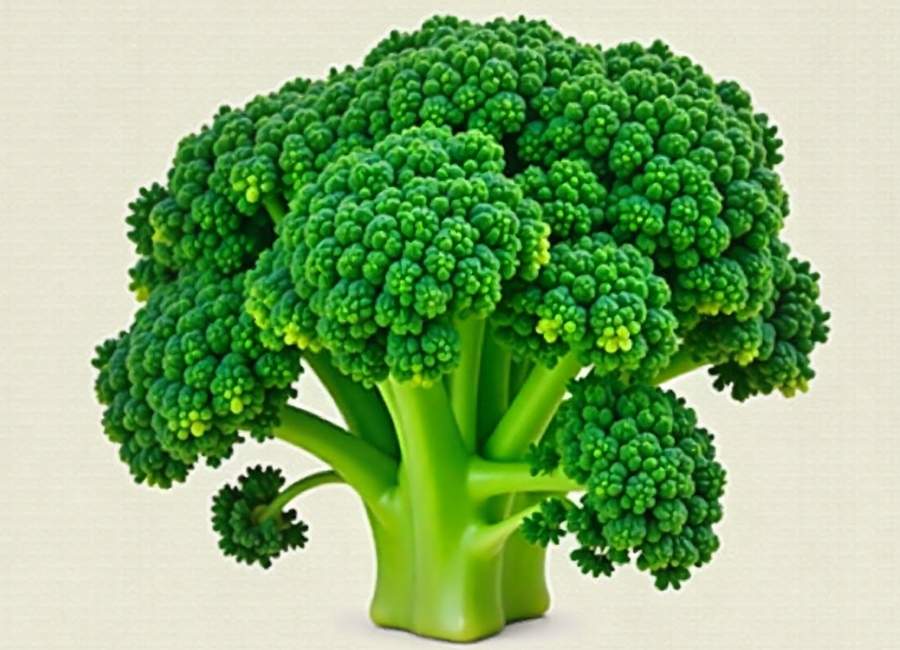Have you ever spotted a leafy green vegetable that looks like a cross between broccoli and spinach at your local farmers’ market? Chances are, you’ve encountered broccoletti—a nutrient-dense Italian vegetable that’s gaining popularity among home cooks and health enthusiasts alike.
Broccoletti, also known as broccoli rabe, rapini, or friarielli, is a beloved staple in Italian cuisine that deserves a place in your kitchen. Despite its name, this verdant vegetable isn’t actually a type of broccoli. Instead, it’s more closely related to turnips, which explains its distinctively bitter flavor profile and tender leaves.
This comprehensive guide will walk you through everything you need to know about broccoletti, from its origins and nutritional benefits to cooking techniques that will help you master this flavorful green. Whether you’re looking to expand your vegetable repertoire or simply curious about this Mediterranean marvel, you’ll discover why broccoletti has earned its place as a cornerstone of Italian cooking.
Understanding Broccoletti: Origins and Characteristics

Broccoli belongs to the Brassica family and goes by several names depending on your location. In Italy, it’s commonly called friarielli in the south, while northern regions often refer to it as broccoli di rape. The name “rapini” comes from the Italian word “rapa,” meaning turnip, highlighting its true botanical relationship.
The vegetable features dark green leaves, small florets, and thin stems that are all completely edible. What sets broccoletti apart from other leafy greens is its characteristic bitter taste, which becomes more pronounced as the plant matures. This bitterness is actually prized in Italian cooking, where it’s balanced with garlic, olive oil, and often salty ingredients like anchovies or sausage.
Broccoli thrives in cool weather and is typically harvested in late fall through early spring. You’ll find it most readily available during these months, though some varieties can be grown year-round in temperate climates.
Nutritional Powerhouse: Health Benefits of Broccoletti
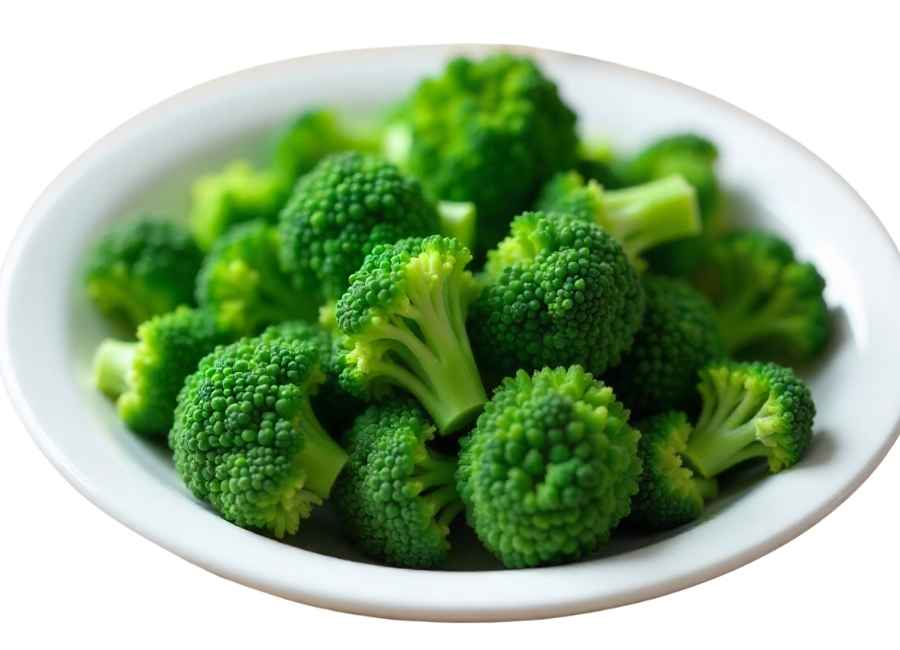
Don’t let its humble appearance fool you—broccoletti packs an impressive nutritional punch that rivals many superfoods. This leafy green is loaded with vitamins, minerals, and antioxidants that support overall health and well-being.
Rich in Essential Vitamins
One cup of cooked broccoletti provides an excellent source of vitamin K, which plays a crucial role in bone health and blood clotting. It’s also high in vitamin A, supporting eye health and immune function, and vitamin C, which aids in collagen production and iron absorption.
The vegetable contains significant amounts of folate, a B vitamin essential for DNA synthesis and red blood cell formation. This makes broccoli particularly beneficial for pregnant women and individuals looking to support their cardiovascular health.
Mineral Content and Antioxidants
Broccoli delivers important minerals, including calcium, iron, and potassium. The calcium content is particularly noteworthy for those following plant-based diets, as it provides a non-dairy source of this bone-building mineral.
The vegetable’s dark green color signals the presence of powerful antioxidants, including beta-carotene and lutein. These compounds help protect cells from oxidative stress and may reduce the risk of chronic diseases.
Selecting and Storing Fresh Broccoli
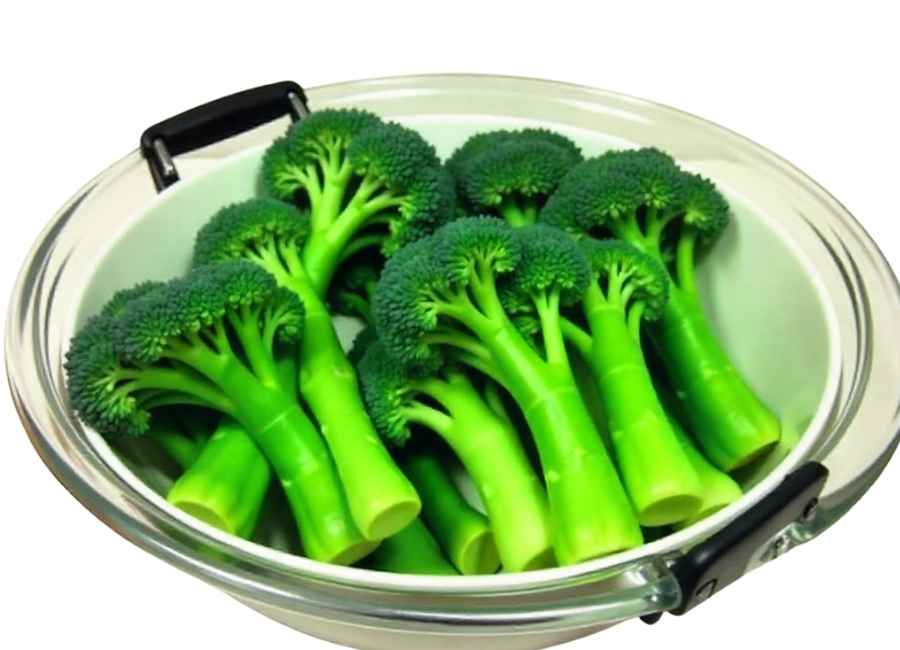
Finding quality broccoli starts with knowing what to look for at the market. Fresh broccoletti should have vibrant green leaves without yellowing or wilting. The stems should feel firm and snap cleanly when bent, while any florets should appear tight and green rather than yellow or flowering.
Avoid bunches with slimy or brown spots, as these indicate the vegetable is past its prime. The leaves should look perky and fresh, similar to how you’d select spinach or other leafy greens.
Proper Storage Techniques
Once you’ve brought your broccoli home, proper storage will help maintain its freshness and nutritional value. Store unwashed broccoletti in a perforated plastic bag in your refrigerator’s crisper drawer. This allows for proper air circulation while maintaining humidity levels.
Fresh broccolini typically keeps for three to five days when stored correctly. Don’t wash the vegetable until you’re ready to use it, as excess moisture can accelerate spoilage. If you notice the leaves starting to wilt, use the broccoli immediately, as the bitter flavor intensifies as it ages.
Preparation and Cooking Methods
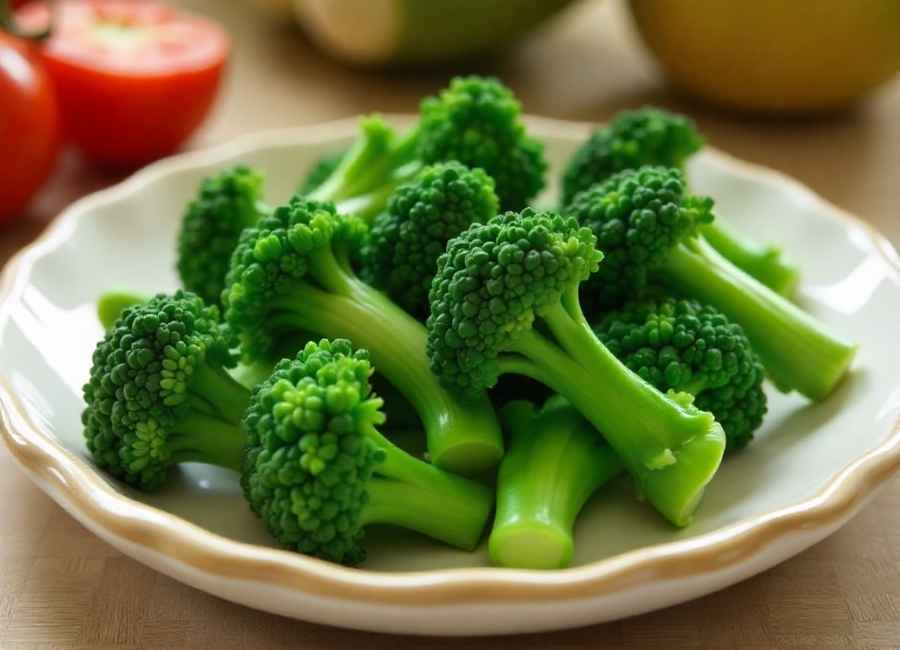
Preparing broccoletti is straightforward, but a few key techniques will help you achieve the best results. Start by trimming about half an inch from the bottom of the stems, then rinse the entire bunch thoroughly under cold running water. Pay special attention to the leaves and floret areas where dirt and debris can hide.
Some cooks prefer to remove the thicker, tougher stems, but these are actually edible and add texture to dishes. If you find the stems too fibrous, simply peel the outer layer with a vegetable peeler or knife.
Traditional Italian Cooking Methods
The most classic preparation involves sautéing broccoletti with garlic and olive oil. Heat olive oil in a large skillet over medium heat, add sliced garlic, and cook until fragrant. Add the cleaned broccoletti with a pinch of salt and cook until the leaves wilt and the stems become tender, typically 5-7 minutes.
Many Italian recipes incorporate red pepper flakes for heat or anchovies for depth of flavor. The key is balancing the vegetable’s natural bitterness with complementary ingredients that enhance rather than mask its unique taste.
Alternative Cooking Techniques
Blanching broccolini before sautéing can help reduce its bitterness while maintaining its bright green color. Boil the vegetable for 2-3 minutes, then immediately transfer to an ice bath to stop the cooking process. This technique is particularly useful when serving broccoletti to those who might be sensitive to bitter flavors.
Roasting offers another delicious preparation method. Toss cleaned broccolini with olive oil, salt, and pepper, then roast at 425°F for 10-12 minutes until the edges become slightly crispy. This method concentrates the flavors and creates an appealing textural contrast.
Culinary Applications and Recipe Ideas
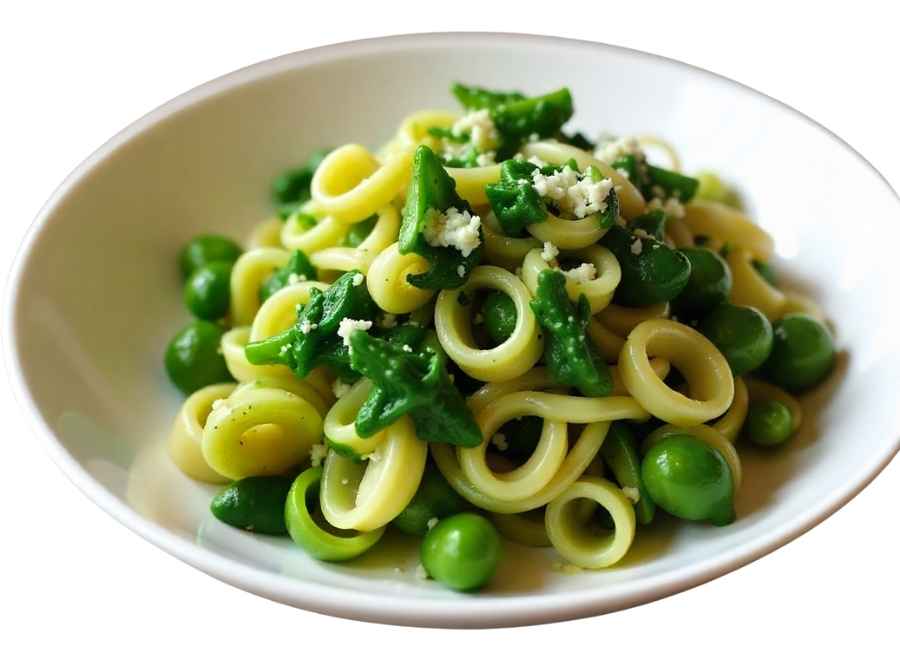
Broccoletti’s versatility makes it an excellent addition to numerous dishes. Its robust flavor pairs beautifully with pasta, particularly in southern Italian preparations where it’s combined with orecchiette or spaghetti. The vegetable also works wonderfully in risottos, where its bitterness balances the creamy rice.
Pasta Combinations
One of the most beloved Italian dishes featuring broccoletti is orecchiette con friarielli, where the vegetable is sautéed with garlic, olive oil, and often Italian sausage. The pasta’s cup shape perfectly captures the tender leaves and small florets, creating a harmonious bite.
For a lighter preparation, try combining broccoletti with linguine, lemon zest, and grated Pecorino Romano. The citrus brightens the dish while the cheese adds richness that complements the vegetable’s earthy notes.
Beyond Traditional Applications
Modern chefs have embraced broccoletti in innovative ways, incorporating it into grain bowls, frittatas, and even pizza toppings. Its sturdy texture holds up well to various cooking methods, making it suitable for stir-fries and grain-based salads.
The vegetable also makes an excellent side dish for grilled meats or fish. Its bold flavor can stand up to rich proteins while providing a nutritious counterpoint to heavier main courses.
Growing Your Own Broccoli
For gardening enthusiasts, broccoli is relatively easy to grow in home gardens. This cool-season crop prefers temperatures between 50-65°F and can tolerate light frosts, making it ideal for fall and early spring planting in most temperate zones.
Plant seeds directly in the garden about 6-8 weeks before the first expected frost date. The vegetable grows quickly, typically ready for harvest in 40-60 days from planting. Regular watering and well-draining soil will help ensure healthy growth and optimal flavor development.
Embrace This Italian Garden Treasure
Broccoletti represents more than just another leafy green—it’s a gateway to authentic Italian flavors and a boost to your nutritional intake. Its distinctive bitter taste may require some adjustment for newcomers, but the reward is access to a vegetable that’s both versatile and deeply satisfying.
Start with simple preparations like the classic garlic and olive oil sauté, then gradually experiment with more complex dishes as you become comfortable with its flavor profile. Remember that quality ingredients make all the difference—seek out fresh, vibrant broccoletti from reputable sources, and don’t be afraid to ask your local farmers’ market vendors for preparation tips.
Whether you’re looking to diversify your vegetable intake, explore Italian cuisine more deeply, or simply add more nutrients to your meals, broccoletti deserve a place in your culinary repertoire. Give this remarkable green a try, and discover why it has remained a beloved staple in Italian kitchens for generations.











